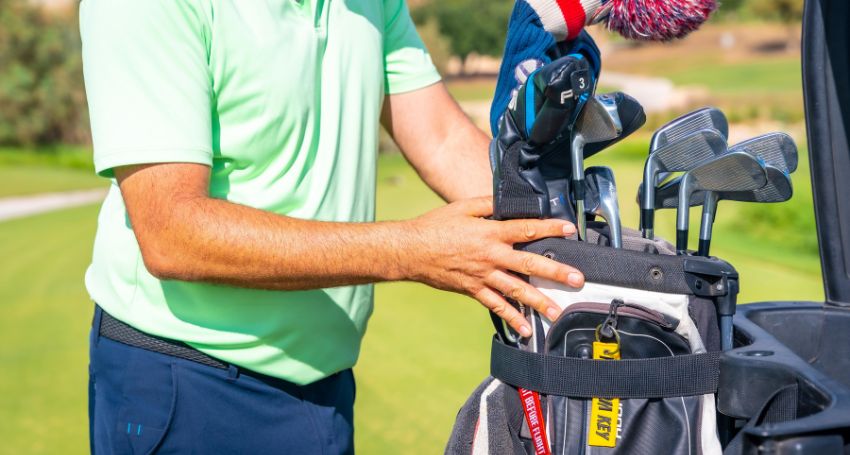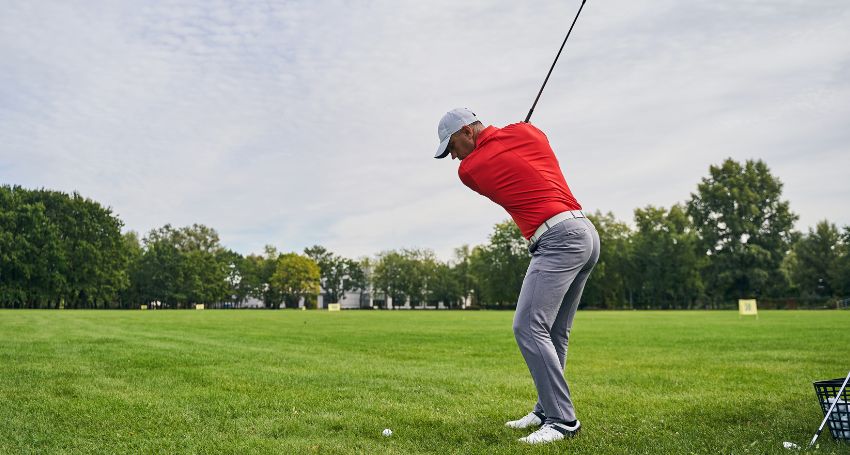If you’re interested in the world of golf equipment at all you will likely hear the phrase “Center of Gravity” or “CG” is used often. It’s a term that may seem as though it is easy to understand; however, it’s not always as easy as thought when it comes to the relation between CG and your golf clubs.
CG is much more than simply a marketing term – the center of gravity within the clubhead is what determines the launch, feel, spin and the shaft’s reaction to forgiveness, and much more.
To define the term “center of gravity”, it is important to define it more precisely. It is the place at which your golf clubhead is balanced to the best of its ability. It is possible to find a clubhead’s CG at its center most of the time however, it is able to be adjusted and moved based on the design of the club or the golfer who is using their golf club.
The center of gravity of a golf club head could be high, low, back, or forward.
Forward CG launches lower and has a lower spin, which can make it less forgiving. A reverse CG will improve the spin and launch which makes it a much more accommodating club. Do you see how it works?

Therefore, a high CG causes the ball to spin lower and launch more, while a lower CG causes the ball to fly higher and spin slower.
In terms of drivers, we usually place golfers into the low-CG driver. The question is how do we place them in a low-forward or low-backward model to maximize their long-ball launch.
Lower handicappers usually want spin and drop down. They will be a good fit in a low-forward style and the majority of golfers choose low-rearward models for more forgiveness and height. Many drivers are now equipped with adjustability weights as well as loft switches to experiment with the CG, but it’s the fitting professional and the golfer individually to determine which one is the most effective for launching and feels best when launching with a specific CG.
CG is essential for more than just driving, but also for each club that is in your bag.
While you can’t find many adjustable CG irons, there are numerous iron designs that range from the player’s range and game improvement irons that vary in both weight and size. For example, a person who is a good fit for game Improvement irons will typically have lower and forward CGs in their irons whereas players’ irons typically include more forward and higher CGs to allow more control on your shots.
As with the driver, It’s up to you and your fitter to figure out what irons are the sweet spot for your swing as well as the CG area to locate the ideal irons.
CG plays a role equally with putters and wedges too.
In the way that club innovation has evolved, wedge companies have started to introduce progressive CG places with their center of gravity becoming higher as lofts increase. For putters, they have a CG that is adjustable. CG can affect your short game if it’s not correctly aligned to the way you putt.
At the end as usual the best practice is to get a professional fitter to look over and examine your golf game. Contact SwingFit and talk to a professional today to help with your clubs center of gravity.





























































